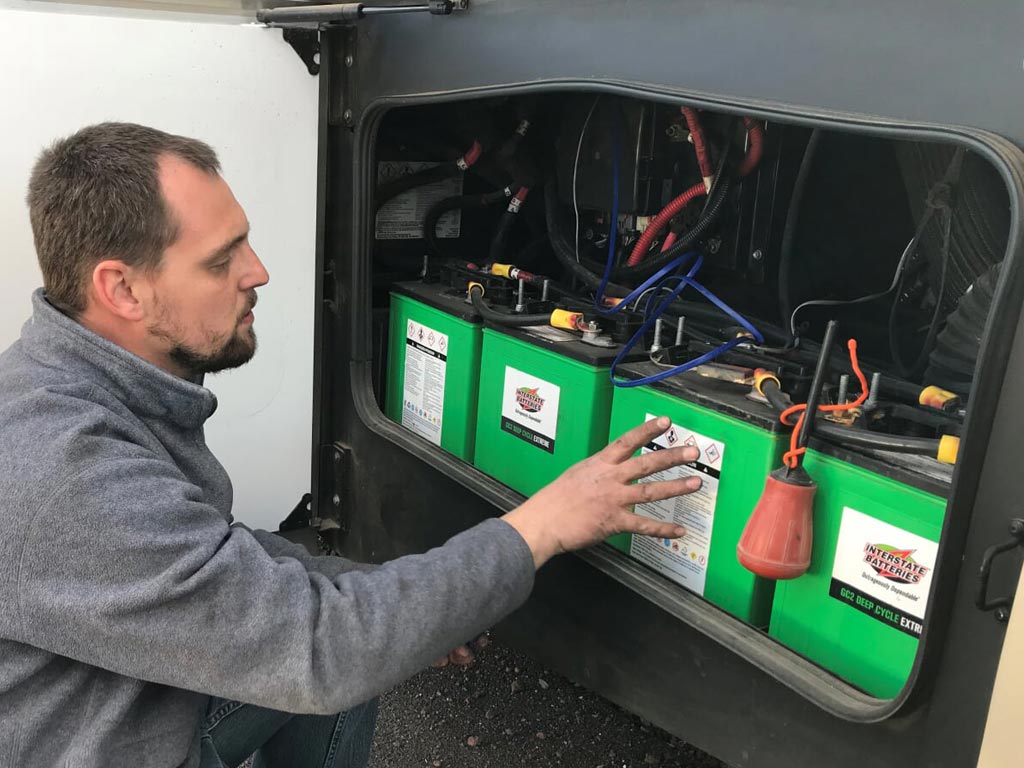
The Silent Revolution of Sealed Lead-Acid Batteries
A Surge in Global Demand Brings Historic Opportunity for Iranian Manufacturers
While the world’s attention has largely shifted toward lithium-ion batteries, the sealed lead-acid (SLA) battery market is experiencing a significant resurgence in 2025. Industry projections show the global SLA market reaching a value of nearly $29 billion by the end of this year, with expectations to surpass $36 billion by 2034. These batteries are not only maintaining relevance in passenger vehicles, but also seeing increased adoption in industrial sectors, telecommunications, backup power systems (UPS), and renewable energy applications.
Why SLA Still Holds Strong
Among various battery technologies, sealed lead-acid batteries continue to stand out due to their high safety, notable durability, low maintenance, and cost-efficiency. Advanced versions such as AGM and GEL batteries have secured a competitive position, especially in modern cars equipped with start–stop systems where reliability and cycling performance are key.
What the Market Forecast Says
According to international sources like Research & Markets and The Business Research Company, the advanced SLA segment is growing at an annual rate exceeding 9%. These batteries are gaining ground due to improved performance in harsh environments, faster charge times, and lower maintenance requirements—characteristics that position them favorably for long-term market expansion.
Strong Regional Demand
The Asia-Pacific region, particularly countries like China, India, Indonesia, and Malaysia, is leading the market surge, driven by expanding industrial infrastructure, solar power projects, and the rise of low-voltage electric mobility. Meanwhile, Europe and North America are embracing SLA batteries due to stricter environmental regulations and a growing emphasis on recyclability—an area where lead-acid technology shines.
Innovation in SLA Design
One of the most notable advancements in this field comes from the international CBI consortium. Recent R&D has focused on boosting SLA performance through carbon additives, enhanced lead plate designs, and deep-discharge-resistant architectures. Additionally, for the first time ever, neutron radiography has been used to visualize the internal workings of SLA batteries in real-time—opening new doors to understanding their dynamic electrochemical behavior.
Smart SLA Batteries? Yes, It’s Happening
The integration of smart technologies like IoT and advanced data monitoring is giving rise to a new generation of SLA batteries capable of real-time diagnostics—including charge status, cell health, and operating temperature. This is proving highly beneficial for industrial systems and specialty vehicles where uptime and precision are critical.
A Clear Message to Iranian Battery Manufacturers
For companies like Kerman Battery, now is a golden opportunity to enter the high-performance SLA segment and expand internationally. Strategic focus on high-quality AGM production, R&D collaboration, and technical upskilling can help secure a stronger position in the global value chain.
Final Thought
While many assume lead-acid battery technology is outdated, market statistics and cutting-edge research suggest otherwise. Sealed lead-acid batteries are not only alive—they are evolving. A quiet yet powerful transformation is underway, turning this legacy technology into a smarter, greener, and more reliable energy solution for the modern world.
